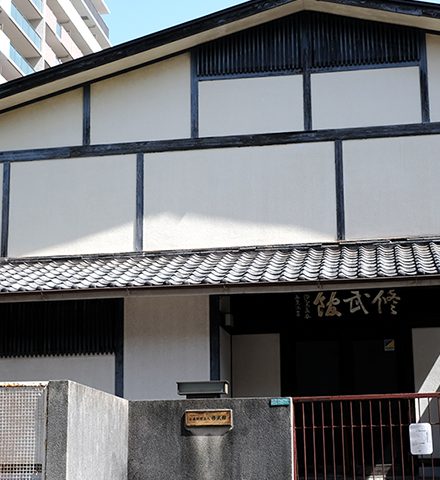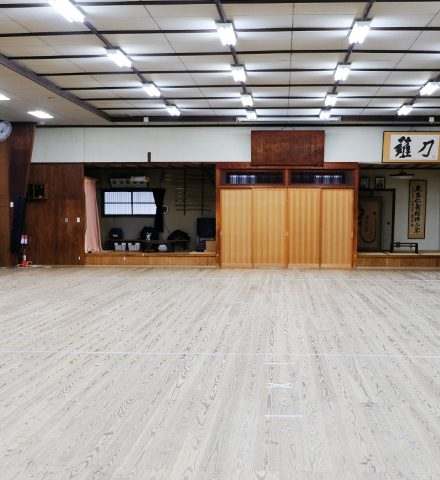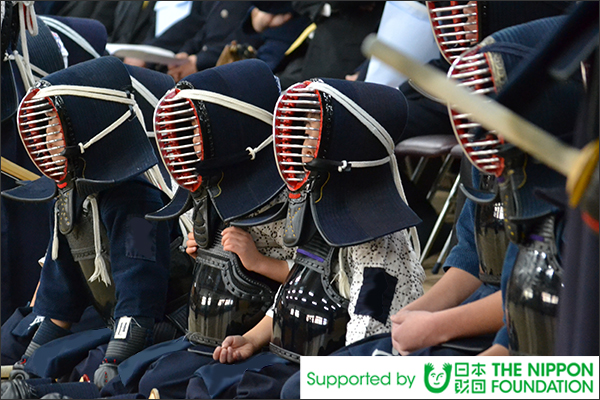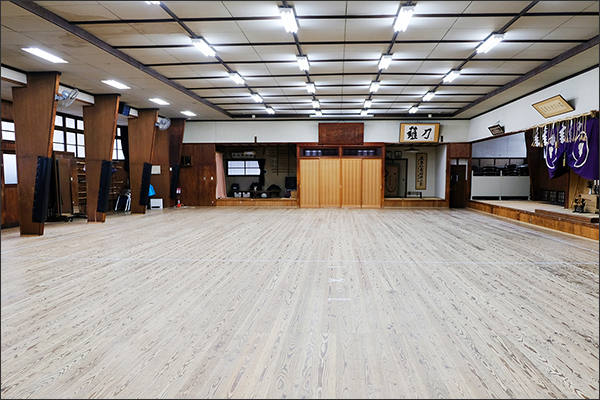Shubukan
Over 200-hundred Years of History
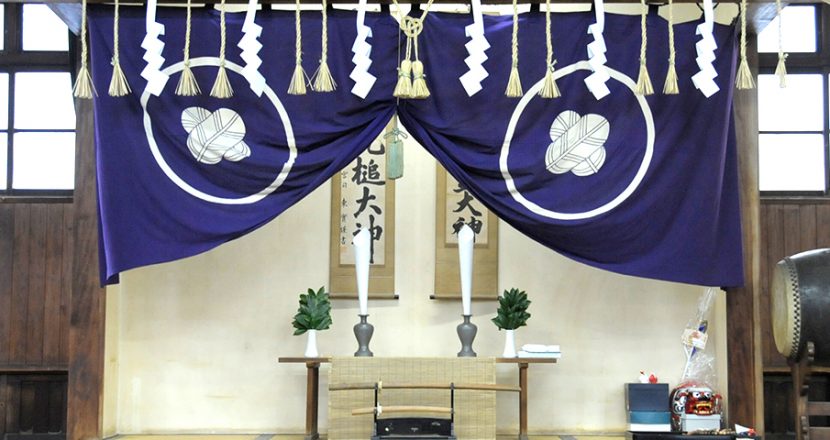
Shubukan
~Over 200-hundred Years of History~
 Itami City in Hyogo Prefecture is called the “birthplace of sake”. Itami was territory governed by the noble Konoe family. The Konishi clan first started to produce sake there from 1617. The seventh generation patriarch of the Konishi family, Shin’emon, built a martial arts dojo there in 1786 as a way of protecting the peace. Thus, the Shubukan boasts 230 years of history.
Itami City in Hyogo Prefecture is called the “birthplace of sake”. Itami was territory governed by the noble Konoe family. The Konishi clan first started to produce sake there from 1617. The seventh generation patriarch of the Konishi family, Shin’emon, built a martial arts dojo there in 1786 as a way of protecting the peace. Thus, the Shubukan boasts 230 years of history.
Each head of the Konishi family has inherited the name of Shin’emon. Of them, the most dedicated martial artist was the 11th generation patriarch, Gyoumo. In 1870, he opened the dojo to the public, and in 1881, he also built a stage attached to the dojo for Noh theatre. Gyoumo himself was acclaimed as a Noh actor of consummate skill. Three years later, the dojo was officially renamed the Shubukan. Gyoumo participated in the historical 1st Dai-Nippon Butokukai martial arts demonstration in 1895, and dedicated himself to training. He also invited many notable instructors to teach at the Shubukan such as Tomiyama Madoka and Mitamura Akinori (Tendo-ryu Naginata).
Gyoumo made a significant contribution to the promotion of budo in Japan. He was one of the founding members of the Dai-Nippon Butokukai, a national organisation that oversaw the promotion and preservation of Japan’s traditional martial arts, and served as a trustee of the organisation. In 1899, he donated 10,000-yen of the 43,000-yen construction costs for the Butokukai’s main dojo, the Butokuden. It was because of the Konishi family’s generous sponsorship that the iconic Butokuden, which still stands today in Kyoto, was able to be built.
 The twelfth patriarch, Konishi Shin’emon Gyousei, was a swordsman who trained in the Nito style of using two swords simultaneously. He invited the Osaka Police kendo master, Koshikawa Hidenosuke, to take the main teaching role at the Shubukan. Gyousei’s daughter, Konishi Shizuko, eventually became the chairwoman of the All Japan Naginata Federation, and the federation’s headquarters was based at the Shubukan’s premises until recently.
The twelfth patriarch, Konishi Shin’emon Gyousei, was a swordsman who trained in the Nito style of using two swords simultaneously. He invited the Osaka Police kendo master, Koshikawa Hidenosuke, to take the main teaching role at the Shubukan. Gyousei’s daughter, Konishi Shizuko, eventually became the chairwoman of the All Japan Naginata Federation, and the federation’s headquarters was based at the Shubukan’s premises until recently.
In 2011, Japanese laws pertaining to organisations and societies were amended, and the Shubukan officially became a “Public Interest Incorporated Foundation” which teaches kendo, naginata, and iaido to the general public. There are currently 350 members registered with the Shubukan.
Isozaki Akio was born in 1928, and started training at the Shubukan when he was 9 years of age. He still comes to the Shubukan to teach children kendo. He explained what the dojo looked like in the days when it was combined with the Noh theatre. The dojo section was situated in the area where spectators sat to watch Noh performances, and was attached to the main Konishi residence. There was a special room for the head instructor by the entrance, and Koshikawa Hidenosuke lived right in front of that.
The Shubukan is currently concentrating its collective efforts on “Pre-school budo education”. Budo became a compulsory subject in Japanese junior high schools from 2012, and in line with this development, the Shubukan received a grant from the Japan Foundation to investigate how community clubs can help pave the way for budo in schools. Traditionally, pre-schoolers practised together with primary school children but they now have their own group, and the numbers are increasing. Kendo trainings are held every Monday, Wednesday, and Friday with pre-schoolers practicing from 16:00-17:00, primary school children from 17:00-18:00, and the youth group from 18:30-20:00.
 In the post-war period, famous kendo instructors such as Matsumoto Toshio, Tsurumaru Juichi, and Murayama Keisuke took the lead. The head instructor now is Hanshi 8th Dan Abe Takashi, formerly the Shihan of Hyogo Prefecture Police Kendo. “We only send our kids to select tournaments during the year, and focus on teaching the basics. That way, we try to encourage the children to get better and enjoy kendo more so that they will continue it when they enter higher levels of schooling.” This policy is in line with Konishi Shin’emon Gyousei’s teaching with is written on a scroll in the dojo. “Exchanging techniques in a bout for no other reason than personal glory must never cloud one’s understanding of one’s true technical ability…”
In the post-war period, famous kendo instructors such as Matsumoto Toshio, Tsurumaru Juichi, and Murayama Keisuke took the lead. The head instructor now is Hanshi 8th Dan Abe Takashi, formerly the Shihan of Hyogo Prefecture Police Kendo. “We only send our kids to select tournaments during the year, and focus on teaching the basics. That way, we try to encourage the children to get better and enjoy kendo more so that they will continue it when they enter higher levels of schooling.” This policy is in line with Konishi Shin’emon Gyousei’s teaching with is written on a scroll in the dojo. “Exchanging techniques in a bout for no other reason than personal glory must never cloud one’s understanding of one’s true technical ability…”
The shape of the dojo, the storing of training equipment, and the behaviour of the children signifies a kind of dignity that only comes with generations of tradition. The prosperity of a dojo is not premised only on its success in the competitive arena.
Excerpt 剣道日本2014.10

